Food warehouses are a popular location for pests, mainly because of the high concentration of food and the potential for cross-contamination.
Most modern warehouses are air-conditioned to control temperature fluctuations and pest infestation, and these extensive facilities require regular pest control to ensure food products’ safety. In this blog, we shall discuss pest management in food warehouses and tips on managing pests in your warehouse to reduce risk and costs.
Regular inspections
The first step in pest control is regular inspections. A food warehouse must be inspected regularly to identify pest problems, and then adequate controls must be implemented. Inspections should include reviewing pest-control materials (e.g., sanitation facilities) and the present pest populations.
A food warehouse’s environment can be hazardous to workers and pests if not managed properly, so all risks must be considered before starting any control measures.
Good sanitation practices
Good sanitation practices are essential for pest control in food warehouses. Inadequate pest control can lead to the spread of pests and contamination of products. Be sure to clean all areas where products are stored, processed, or handled. Use proper methods and equipment to clean areas, and ensure all cleaning materials are approved for use in a food warehouse setting.
It’s essential to use an effective pest management program to prevent pests from entering the warehouse and control them with natural or organic methods if they do appear. In particular, it’s vital to monitor your warehouse for signs of pests and take appropriate action as soon as you notice them, such as sweeping out areas where pests are known to hide or calling in a pest management professional for help. When using pest control products, it’s vital to follow the product instructions carefully and use the product correctly and appropriately.
Keep food storage areas clean and debris-free, and use effective pest control products when necessary. This will help prevent pests from entering the warehouse and limit their impact on food safety and hygiene.
Seal entry points
Some pests, such as rodents and cockroaches, can enter warehouses through small openings. Ensure all entry points – including doors and windows – are tightly sealed to prevent pests from entering. Use weather-stripping on gaps around doors and windows, or install security screens that are rodent-proof.
Use of traps and bait
Traps and bait can be an effective way to control pest populations. Check food warehouse traps and baits regularly, placing them in areas where pests are known to congregate or where infestations have been reported. Read the product instructions carefully before using a trap or bait, and follow the safety guidelines for handling these products.
Ideally, it would be best if you used a combination of various control methods such as traps, bait, and monitoring to control pests in the warehouse effectively. It’s essential to clean and maintain all control measures regularly to prevent pests from developing any resistance towards it.
Professional pest control services
If pest control measures fail to control an infestation, consider hiring a pest management professional. Professionals have the training and experience necessary to identify and treat pests effectively in food warehouses. They will also be equipped with the latest technology and equipment for effective pest control. A pest control program run by a professional pest control business can keep records of treatments and monitoring results to track progress and optimize pest control efforts.
Adequate ventilation
Poor ventilation can majorly contribute to pest infestations in food warehouses. Ensure that doors and windows are opened as necessary to allow air circulation and install properly designed fans to circulate the air throughout the warehouse.
Proper storage
Food that is stored improperly can become infested with pests. Store food in tightly sealed packaging, and keep storage areas clean and dry. Do not stack food items on top of each other or leave them exposed to the elements.
Employee education
Educate your employees about the importance of pest control in food warehouses. Explain why pest control is vital to ensure healthy crops and food safety.
Teach your employees the basics of pest control, such as scouting for pests, treating affected areas, and monitoring pests’ resistance to pesticides.
Make sure your employees know where to report any pests or suspicious behaviour. Make sure they are trained on how to recognize common pests and how to act if they spot one.
Properly discard waste
Waste management is one of the most important aspects of pest control in food warehouses. Properly dispose of waste so that it does not become infested with pests. Follow all local and national guidelines for waste disposal, and keep storage areas clean and free from litter.
Pest monitoring
Keep pests under control by regularly monitoring for infestations. Use pest monitors to identify and track the presence of pests in your warehouse environment. This information can be used to make informed decisions about pesticide use and management, as well as corrective actions if necessary.
Regularly rotate your pesticide use to prevent build-age of resistance, and this will keep pests from becoming immune to a particular pesticide over time. Additionally, encourage your employees to report any signs of pests (e.g., droppings, damaged crops) as soon as they are noticed so that action can be taken promptly.
Keep detailed records of all pest control activities to monitor effectiveness and make informed decisions about future interventions. This will help you analyze the effectiveness of different pest control measures and determine the best course of action for future infestations.
Warehouse pests are capable of causing considerable damage to the storage conditions and product quality. That’s why it is essential to take steps to manage them as soon as they emerge.
With the increasing popularity of food warehouses, pests and insects have become a major problem. A reliable pest control service is ideal for immediately eliminating unforeseen pest issues. By identifying and addressing the sources of pests before they cause any damage, you can ensure that your warehouse is running smoothly and product quality is maintained.
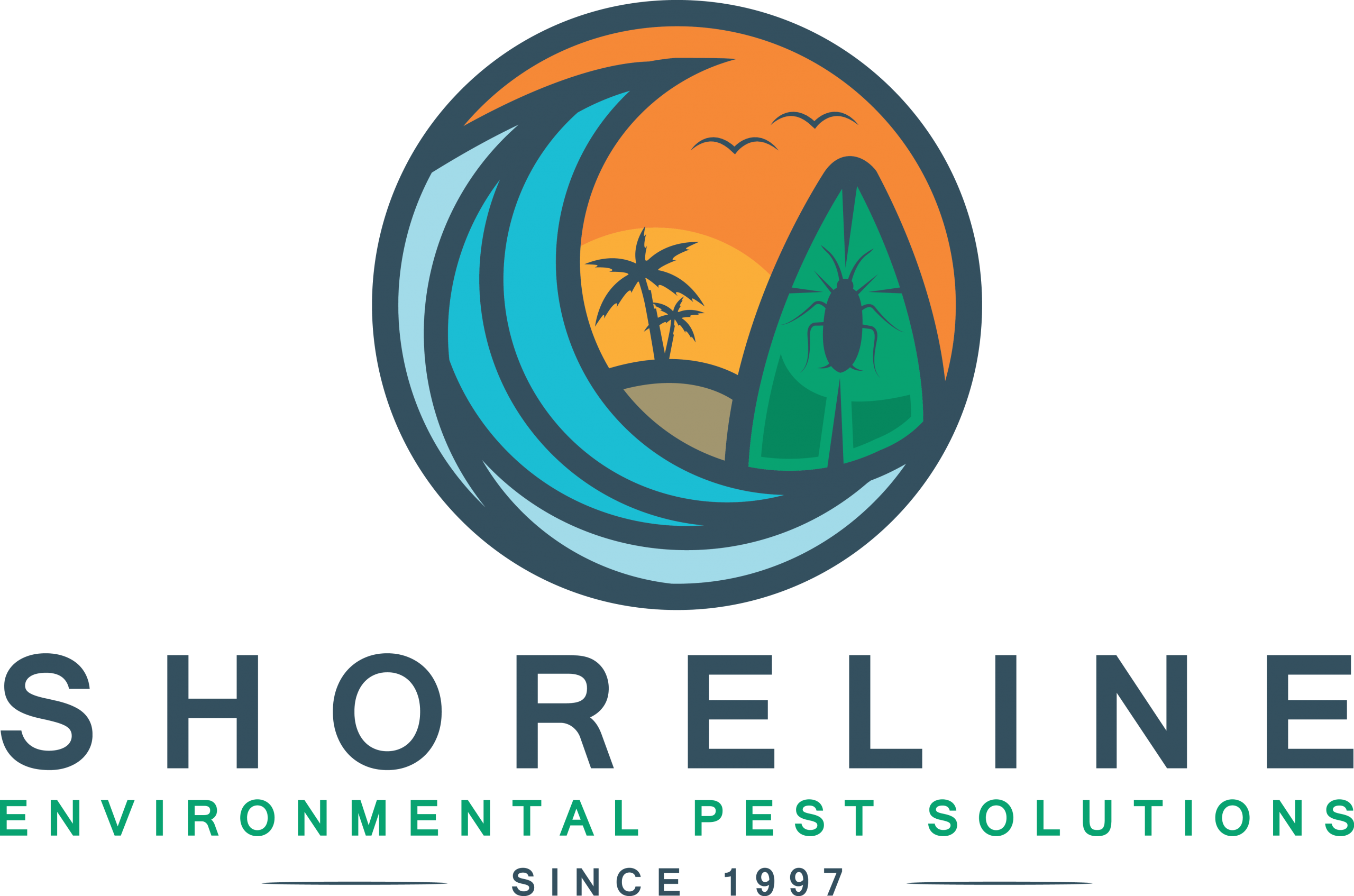
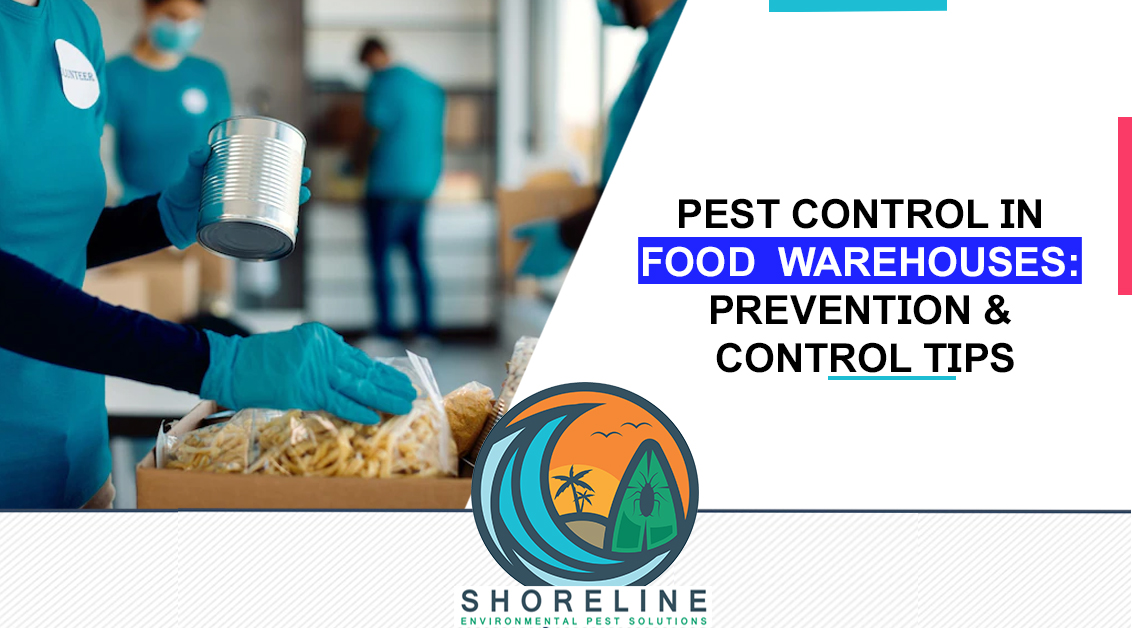
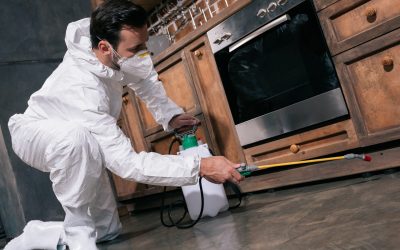
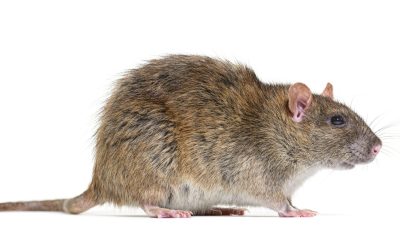
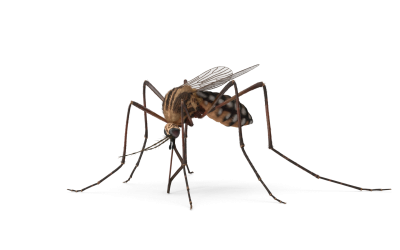
0 Comments